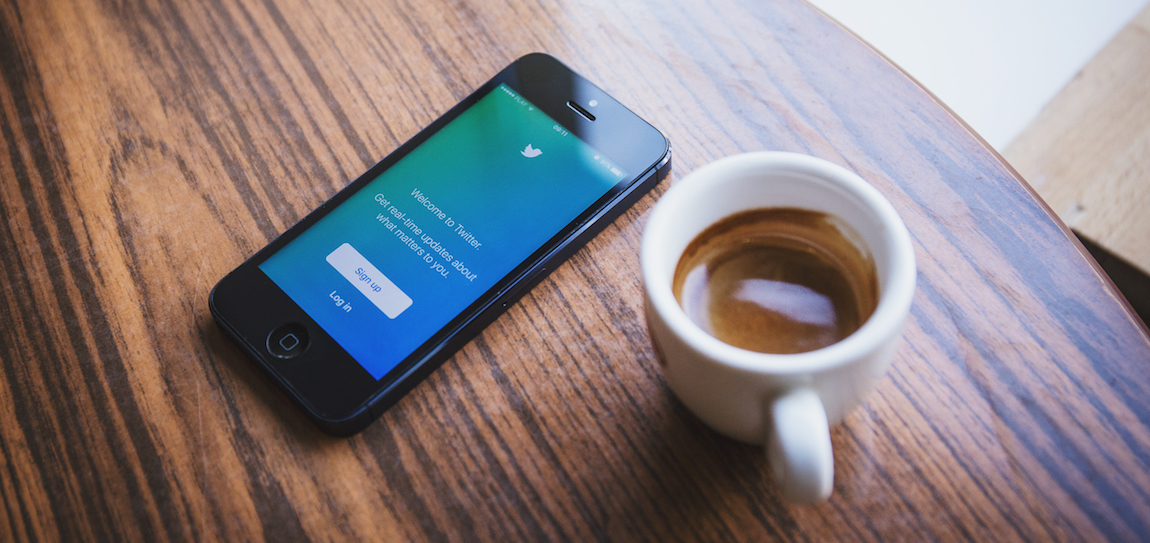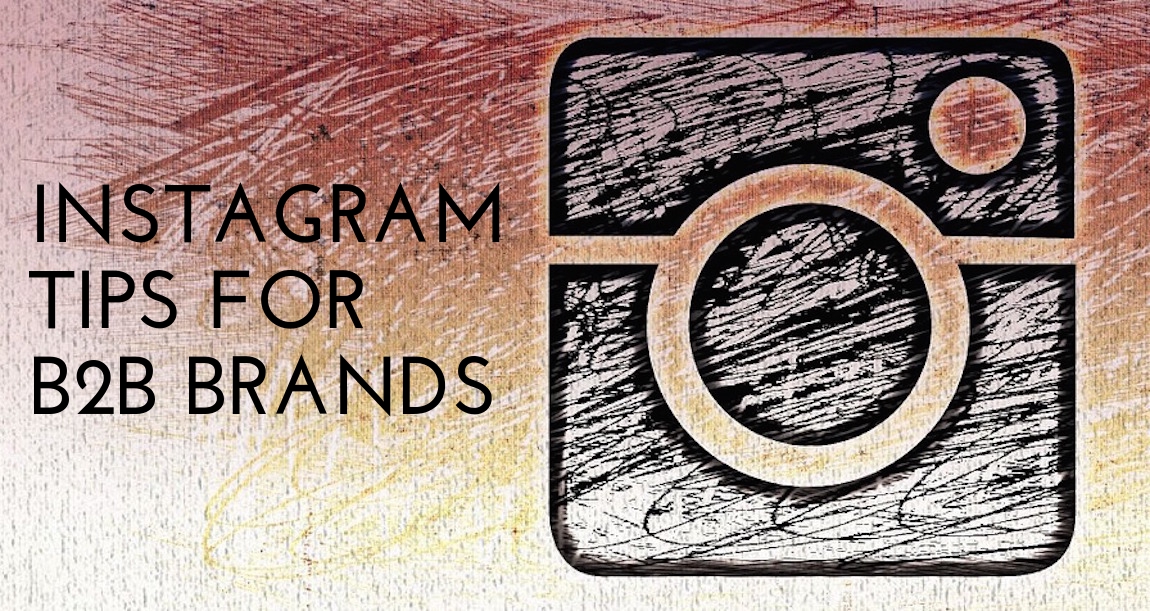B2B Monday Myth: Content Marketing and Inbound Marketing Are the Same Thing
by MGB2B
The Myth: Content Marketing and Inbound Marketing Are the Same Thing.
The Truth: Content Marketing Expands Well Beyond Just Inbound.
One mistake marketers make fairly often is confusing Content Marketing with Inbound Marketing. They see them as one and the same, when in reality Inbound Marketing is just a child of Content Marketing. Let’s take a closer look.
First off, when we talk about content, here are some examples of what we’re referring to:
- Blog Posts
- Podcasts
- White Papers
- eBooks
- Social Media Posts
- Videos
Content Marketing is simply how you distribute content to your target audience. The way you do it can make or break your marketing campaign. Sometimes, Content Marketing takes the form of Inbound Marketing.
So, How Does Inbound Marketing Work?
Inbound marketing is a simple concept. It generates strong leads for B2B brands because it lets the buyer find you instead of you hunting them down as you would with Outbound Marketing. It is passive marketing – you leave your fishing hook in the water and wait for the fish to come and take your bait. So the goal is to make your bait as attractive as possible by optimizing the content on your website and social media sites. If your content is good, hopefully others will use them as inbound links on their sites. This gives you credibility, not only to prospects, but to Google, who will then be more likely to put you at the top of the search list.
The goal of Inbound Marketing, is once you draw a prospect to your content, you can capture their information, and they become a lead that you can now contact and (hopefully) convert.
But this is only one way to use content.
Okay, What About Content Marketing?
Content Marketing encompasses more than just Inbound. It’s been around much longer than you might think. John Deere started doing it back in 1895 by creating The Furrow, an agricultural magazine that would appeal to his customers and prospects (millions of them). Walt Disney was a master of Content Marketing as early as 1954. Both the Deere and Disney brands have been distributing their content to mass audiences since long before the Internet was even invented, never mind Inbound Marketing.
But we needn’t put the division line between Inbound and Offline. There are other ways to drive people to your content online that are not considered Inbound Marketing. Optimizing your content can get you hot leads who are searching for what you offer, but Outbound allows you to widen your net a bit. It’s basically marketing as you’ve always known it, but used to drive readers to content instead of to build awareness of your brand. With Outbound, you drive people to your content via:
- Social Media Ads
- Online Display Ads / Retargeting
- Paid Search
- E-blasts via Trade Publications
- Webinars with Relevant Trade Publications
- Email Campaigns (though there is debate as to whether this is considered Inbound or Out)
As you can see, Content Marketing is a wide umbrella, and Inbound a highly effective methodology that falls beneath it. Their goal is the same: to get prospects into your sales funnel. The key is to have good content that can increase the number of leads you get from both your Inbound and Outbound efforts. Try what you think will work best for your target audiences, measure the effectiveness of each piece of your campaign, and fine-tune it until you have a well-oiled Inbound and Outbound Content Marketing machine.
Continue ReadingB2B Monday Myth: I Don’t Need Twitter Because I’m Already on LinkedIn
by MGB2B
The Myth: I don’t need Twitter because I’m already on LinkedIn.
The Truth: When used correctly, Twitter can be an amazing marketing tool for expanding your business.
Twitter and LinkedIn are easily two of the biggest social media platforms utilized by expanding businesses. However, some believe that LinkedIn is the only platform you need to make lasting connections with potential customers. They simply aren’t aware of the benefits of Twitter for B2B brands. The truth is, Twitter and LinkedIn have different pros and cons, and when you use both, they complement each other quite nicely.
According to the Content Marketing Institute’s report: 2016 B2B Content Marketing Trends, 55% of B2B brands found Twitter to be effective, while 66% found LinkedIn to be an effective social media platform. The difference in number may be rooted in the approach that businesses take on Twitter. Twitter is not a “set it and forget it” platform – it requires planning and attention. When you put the effort into it, Twitter opens you up to a whole new world of users that may not be available to you on LinkedIn at all.
Here Are the Benefits of Twitter for B2B Brands:
- You Can Post As Often As You Like. We don’t recommend that companies post content on LinkedIn more than twice a day, max. On Twitter, you can have several posts a day. In fact, it’s smart for your brand to do so. Especially with the accompanied use of hashtags to grab audiences searching for topics that are related to your business.
- It’s a Great Listening Tool. Twitter is the perfect spot to listen to both your customers and your competitors. The platform makes it very easy to make lists and categorize users (i.e. competitors, industry experts, prospective customers) that post content that is useful to you. You can more efficiently find out what’s going on in the industry, see what your competitors are doing right or wrong, and what your target audience values most – all in real time.
- You Can Use Twitter to Build Relationships. Use retweeting as a conversation starter. If you agree with something a prospect posted or have something to add, you can retweet their post, mention them with the “@” and use that retweet to talk to them about what matters to them (and you) most.
- Or to Fix and Solidify Relationships. Address the concerns of your followers on Twitter to show the world that you are willing to help them out as quickly as possible. This shows that you are interested in remaining completely transparent. Twitter also offers great tips for both addressing customers’ concerns and harnessing the power of their positive reviews on the platform.
- Lead Generation via Ads. While you may attract a few more bots than you would with a LinkedIn ad, Twitter ads can actually be very effective. That’s because you can use keywords to target ads based on relevant conversations people are having on Twitter. You can also use ads for event targeting to grab the attention of prospects when they are the most actively engaged on what’s going on in your industry.
For the most part, you can think of Twitter as bottom-floor networking. Once you get to know someone through Twitter, then you can take the relationship to the next level — LinkedIn. The trick is doing it in a way that is subtle, friendly, and engaging. Plan out your Twitter presence carefully, and it can be a very lucrative part of a full B2B campaign.
Continue ReadingB2B Monday Myth: B2B and Instagram Don’t Mix Well
by MGB2B
The Myth: B2B and Instagram Don’t Mix Well
The Truth: There are Lots of Creative Ways B2B Brands Can Engage with Instagram Users
Many B2B companies feel it is unnecessary to use Instagram. If you are one of the many, you are likely missing out on a significant chunk of engaged users. The platform has over 500 million users. And when it comes to B2B marketing, Instagram has some of the most engaged users in the world of social media. This is a quality over quantity story.
Here Are 5 Instagram Tips for B2B Brands:
- Don’t Make It about Your Products. It’s a mistake to use Instagram as your product portfolio. Get creative and tell a story about your brand. Build a relationship. Perhaps you tell stories about craftsmen at your company to highlight their attention to detail. There are so many possibilities.
- Talk About Your History or Your Philosophy. Customers and clients connect with your brand more deeply when they see that you are authentic. Or amusing. Or smart. Instagram is where your brand voice can come to life.
- Include People in Your Photos. Whether it’s a buyer or a CEO looking at your Instagram feed, the one thing you can count on is that it’s a person. People do business with people, not with the business itself. So be sure to feature the people that make your organization great wherever you can. For instance, show a photo of your CEO with a quote from him or her. Show hands operating machinery. Post a photo of your Administrative Assistant on Administrative Professionals’ Day. Again, this is an opportunity to show that your brand has a good culture behind it, IN ADDITION to good products or services.
- Use Hashtags. This is important. Hashtags provide prospects a way to find your brand on Instagram. You can jump on the bandwagon with popular business hashtags, or even hashtags for the masses like #MotivationMonday as long as what you post is relevant to your audience. You can use them to promote events you’re hosting or simply to categorize your posts (e.g. #manufacturing, #construction, etc.). Do a little research to find out what is popular in your industry.
- Put Links in Your Bio. When you want to promote something in particular, you can put a link in your company bio and drive people to it in the comments section of the photo you’re posting. You can use this approach to promote events, new partnerships, and even new products, on occasion.
B2B and Instagram can be best friends when the platform is used to project company values and brand character. Emotion, values and brand character play a bigger part than you might think in the B2B decision-making process. And Instagram is a great place too influence that process.
Continue Reading

